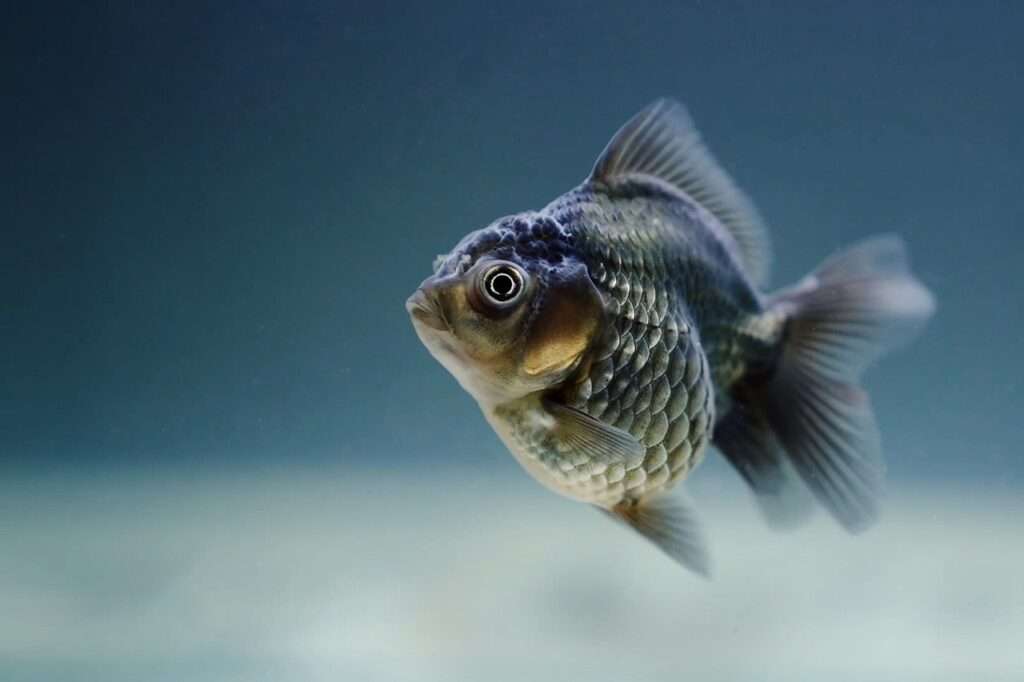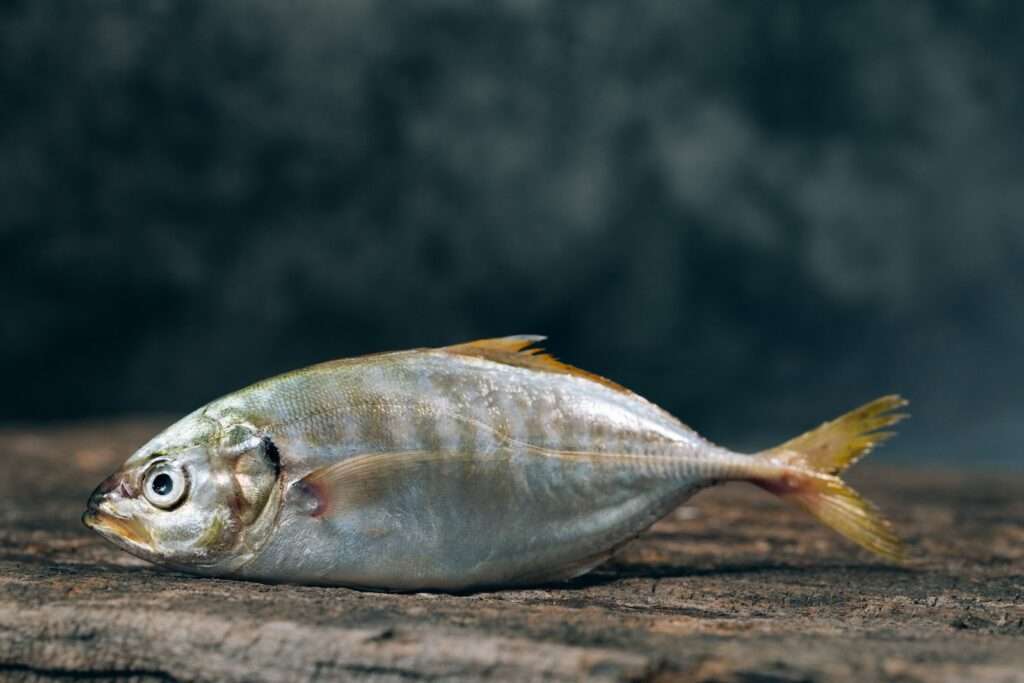Keeping fish in a vibrant and healthy environment is a rewarding experience for many aquarium enthusiasts. However, fish health issues can arise, and one common ailment is fin rot. In this article, we will dive into the causes, symptoms, and treatment options for fish tank fin rot. Additionally, we will address some frequently asked questions to help you better understand and prevent this condition.
Fin rot is a condition that affects the fins of fish, causing them to deteriorate and disintegrate. It is usually caused by poor water quality and improper maintenance, bacterial infections, parasitic infestations, or nutritional deficiencies. There are different types of fin rot, including bacterial fin rot, fungal fin rot, and viral fin rot.
Common symptoms of fin rot include frayed or disintegrating fins, fins turning red or black, sluggish behavior, and loss of appetite. If you notice any of these symptoms in your fish, it is important to take prompt action to prevent further damage.
Diagnosing fin rot can be done through a visual examination of the fish’s fins, testing the water for any imbalances or toxins, and seeking professional advice from a veterinarian or experienced fish keeper. Once fin rot is confirmed, treatment options can be explored.
Treating fin rot involves isolating infected fish to prevent the spread of the disease, improving water quality by performing regular water changes and maintaining proper filtration, administering medication such as antibiotics or antifungal treatments, and considering natural remedies like Indian almond leaves or aquarium salt baths. It is important to follow the recommended dosage and treatment duration to ensure effective recovery.
Prevention is key when it comes to fin rot. Regular water changes and tank maintenance, providing a balanced diet with proper nutrition, quarantining new fish before introducing them to the main tank, and avoiding stressors such as overcrowding or sudden changes in water temperature can significantly reduce the risk of fin rot.
Now, let’s address some frequently asked questions about fin rot:
1. Can fin rot be cured without medication?
In some cases, improving water quality and maintaining a healthy environment can help fish recover without medication. However, severe cases may require medication for successful treatment.
2. How long does it take to treat fin rot?
The duration of treatment can vary depending on the severity of the condition and the effectiveness of the chosen treatment method. It can range from a couple of weeks to several months.
3. Can fin rot spread to other fish in the tank?
Yes, fin rot is contagious and can spread to other fish in the tank. Isolating infected fish and treating them promptly can help prevent the spread of the disease.
4. Is fin rot preventable?
While not always preventable, practicing proper aquarium maintenance and providing a healthy environment can significantly reduce the risk of fin rot. Regular water changes, balanced nutrition, and stress reduction are key preventive measures.
5. Are there any natural remedies for fin rot?
Some fish owners have reported success with natural remedies such as Indian almond leaves, aquarium salt baths, and herbal treatments. However, it’s important to consult with a professional or do thorough research before using natural remedies.
In conclusion, understanding the causes, symptoms, and treatment options for fish tank fin rot is crucial for maintaining the health and well-being of your aquatic pets. By implementing proper aquarium maintenance practices, providing a balanced diet, and promptly addressing any signs of fin rot, you can create a thriving environment for your fish. Remember, prevention is key, and a healthy fish is a happy fish.









